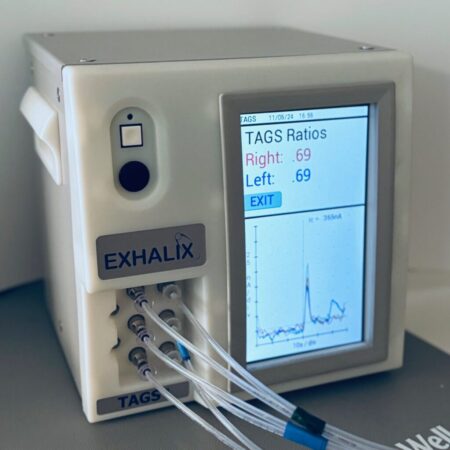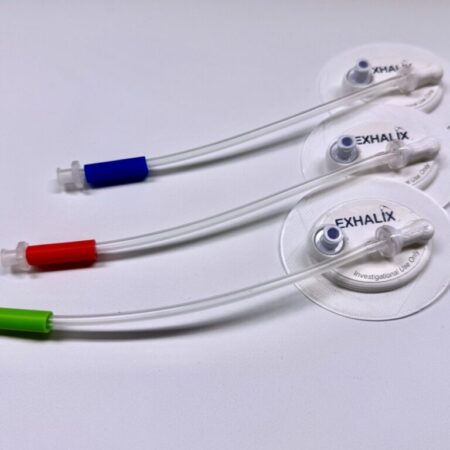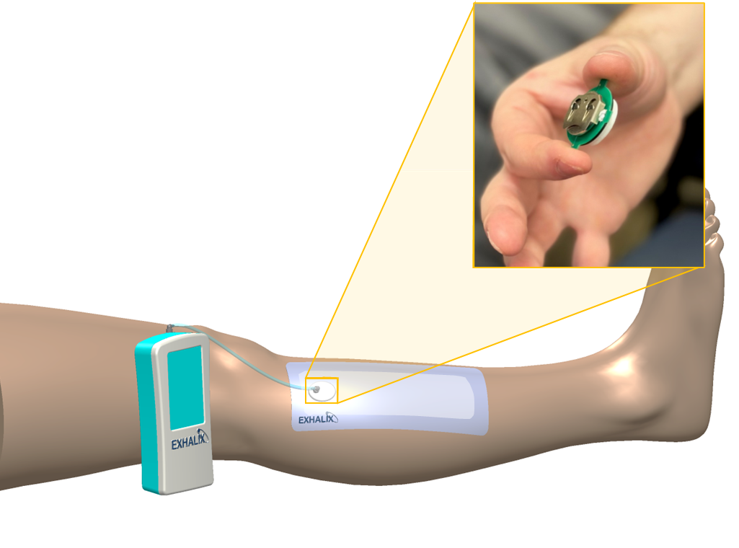
Diagnosis of Peripheral Artery Disease (PAD) with TAGS™
-
There are significant shortcomings in the existing diagnostic techniques to screen for PAD that preclude widespread early detection needed to prevent the excessive morbidity attributed to this condition [1-5]. TAGS™ has the potential to be a diagnostic game changer in wound healing and for treatment of type 2 diabetic (T2D) patients with chronic limb-threatening ischemia (CLTI). TAGS™ is a combination of dermal units and base unit to non-invasively provide a measure of endogenous H2S emission rate of the lower extremities.
Heart of the TAGS™ Device
-
TAGS™ patented sensor employs a nanoporous gold-coated membrane electrocatalyst to detect trace levels of H2S in air. As such, trace levels of transdermal H2S emissions are measured with a limit-of-detection of less than 3 ppb and SNR>15 @10 ppb in a few seconds.
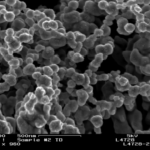
SEM Image of Gold Nanoporous Catalyst

TAGS™ (Transdermal Arterial Gasotransmitter Sensor)
Predictive Power of TAGS™
TAGS™ lower leg:forearm ratios show statistically significant differences between healthy subjects (control, non-DM), asymptomatic diabetic patients (DM-PAD), and diabetic patients who show symptoms of chronic wounds and CLTI (DM+PAD). TAGS™ receiver operating characteristic (ROC) curve provides excellent predictive power and accuracy for determination of ischemia.
TAGS™ is currently in the Pivotal Clinical Studies phase working with our clinical partners at the UNM School of Medicine.

-
There are significant shortcomings in the existing diagnostic techniques to screen for PAD that preclude widespread early detection needed to prevent the excessive morbidity attributed to this condition [1-5]. TAGS™ has the potential to be a diagnostic game changer in wound healing and for treatment of type 2 diabetic (T2D) patients with chronic limb-threatening ischemia (CLTI). TAGS™ is a combination of dermal units and base unit to non-invasively provide a measure of endogenous H2S emission rate of the lower extremities.
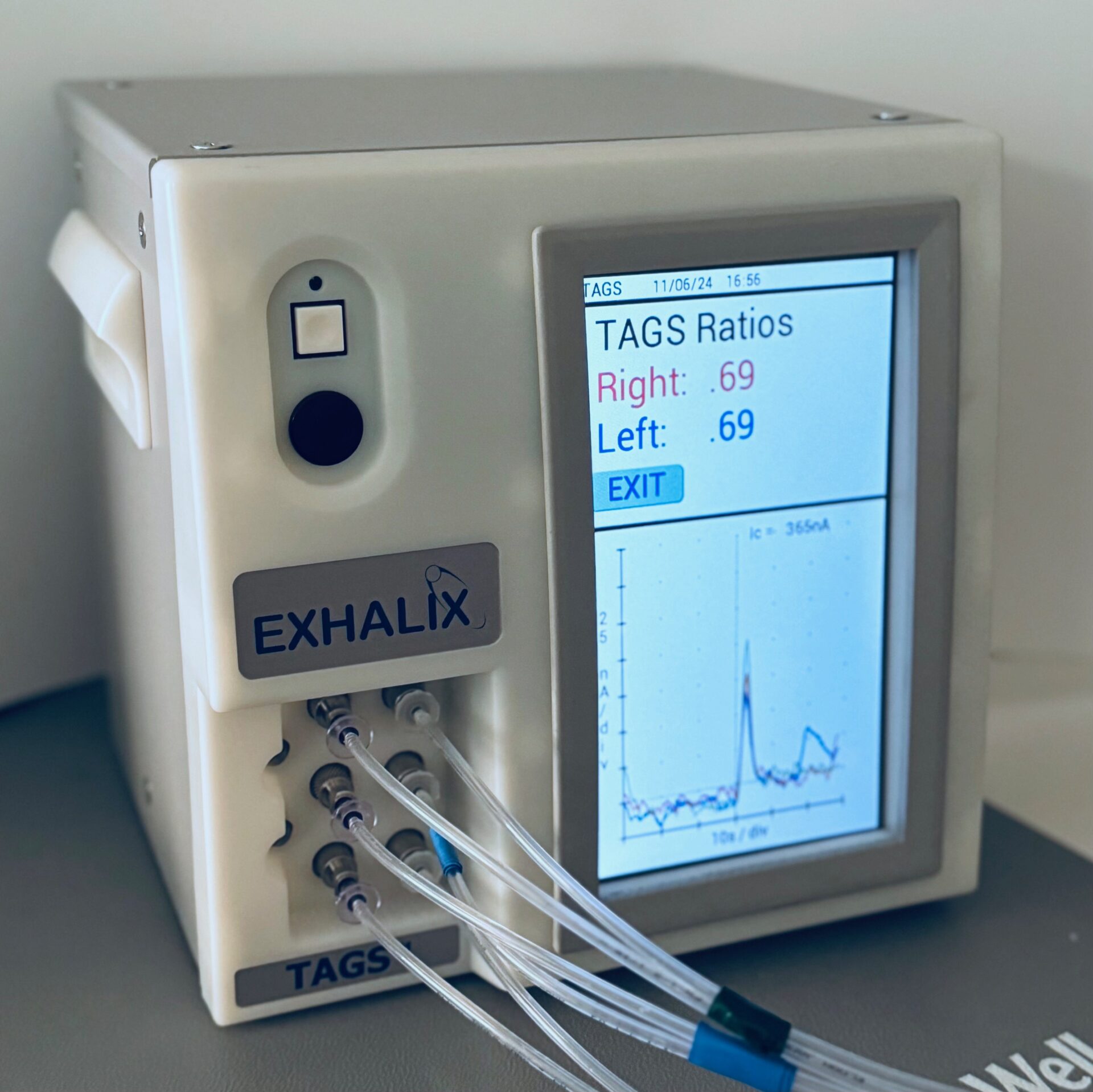
TAGS™ Diagnostic Device Base Unit
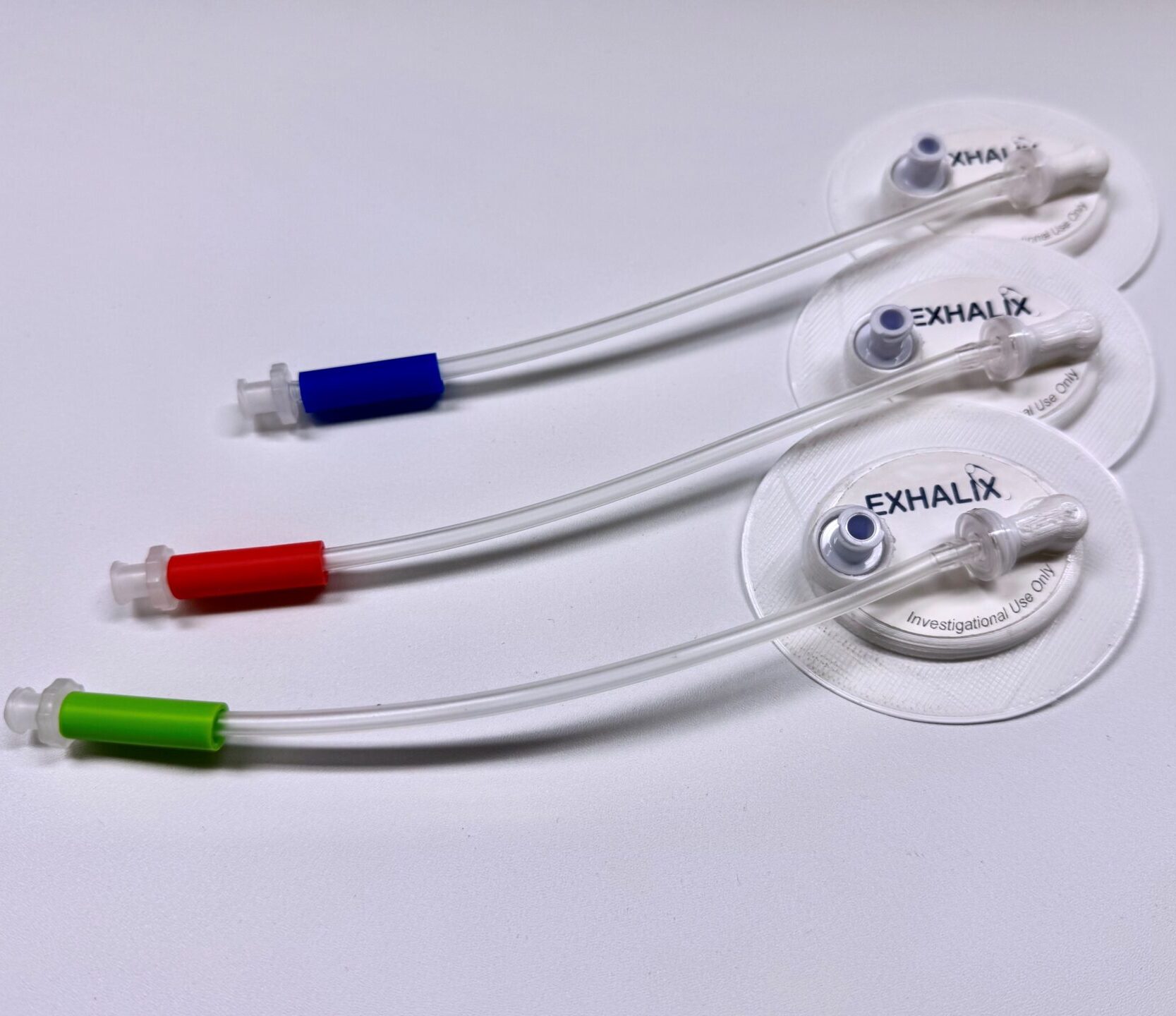
Disposable Transdermal Test Sets
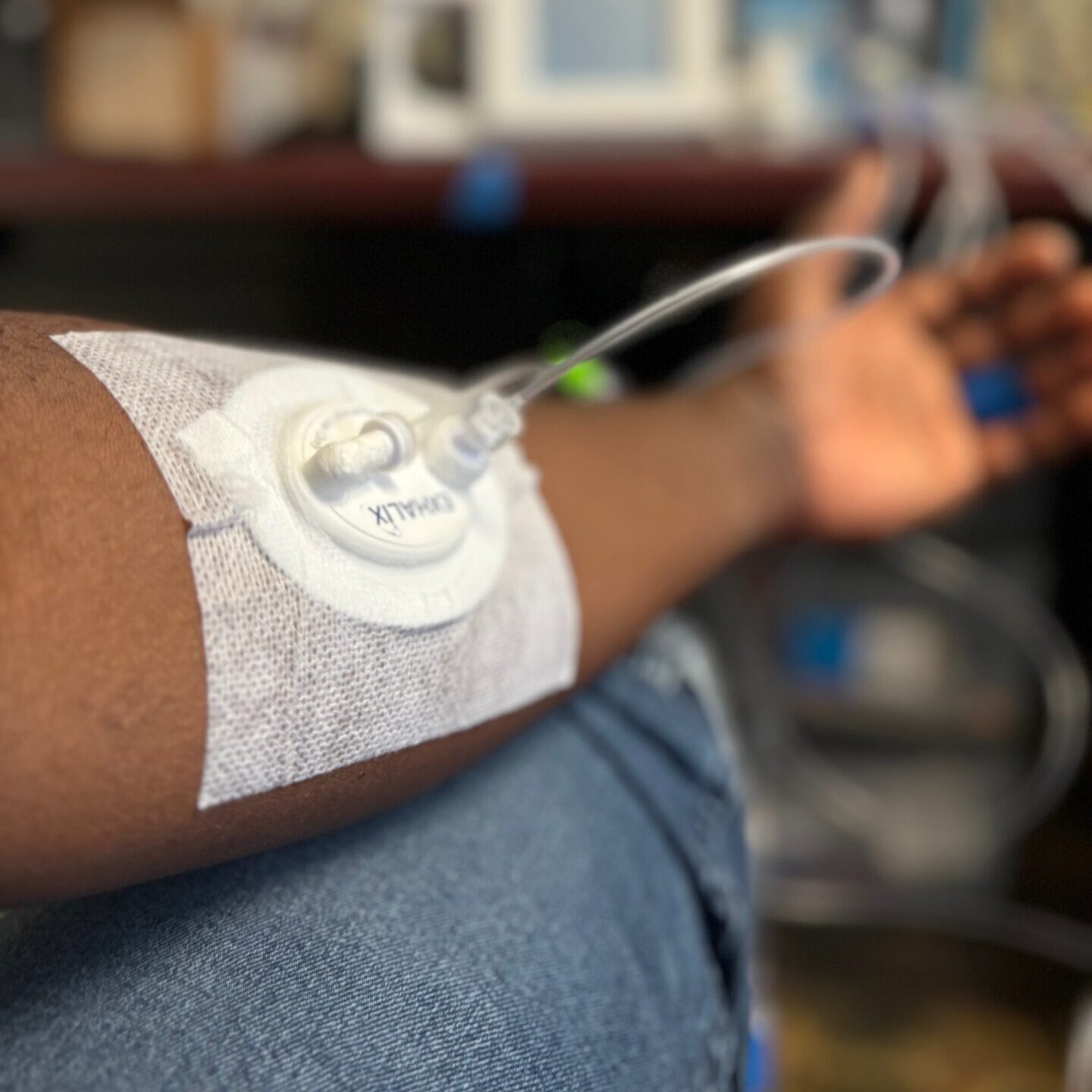
Test Set Arm Placement
Heart of the TAGS™ Device
-
TAGS™ patented sensor employs a nanoporous gold-coated membrane electrocatalyst to detect trace levels of H2S in air. As such, trace levels of transdermal H2S emissions are measured with a limit-of-detection of less than 3 ppb and SNR>15 @10 ppb in a few seconds.

SEM Image of Gold Nanoporous Catalyst

TAGS™ (Transdermal Arterial Gasotransmitter Sensor)
Therapeutic Application of H2S with H2EALS™
-
Systemic delivery of current H2S precursors that directly augment H2S levels including NaHS and Na2S are plagued by a narrow therapeutic window and known severe systemic toxicity. Pre-clinical data from Sprague-Dawley (SD) and Zucker Diabetic (ZDF) rats show H2EALS™ and ReLIS™ local H2S therapy result in strong revascularization (Vessel Density), reperfusion rate, and tissue recovery (histologic results) even at the highly ischemic conditions initially created at the distal region of different flap wounds.
H2EALS™ and ReLIS™ are currently in the Preclinical Animal Studies phase working with our clinical partners at the UNM School of Medicine.
-
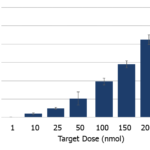
- Active control through precision charge transferred to control H2S synthesis and release
- Dose controllable to within 10% of target ranging between 1 and 250 nmol/dose
-
Exhalix is developing an ideal sulfide delivery system that would target only the areas where a therapeutic effect is desired and would supply a predictable and adjustable dose over the required period of time. Hemodynamic and Endothelial Activation by Localization of Sulfides (HEALS™) is a medical device for topical chronic wound application in which H2S is locally delivered to the wounded tissue where it matters most. Repair by Local Infusion of Sulfides (ReLIS™) uses the same platform technology to deliver sulfides through an implanted device to treat disadvantaged, ischemic surgical wounds.
High Rate of Revascularization and Healing
Systemic delivery of current H2S precursors that directly augment H2S levels including NaHS and Na2S are plagued by a narrow therapeutic window and known severe systemic toxicity. Pre-clinical data from Sprague-Dawley (SD) and Zucker Diabetic (ZDF) rats show H2EALS™ and ReLIS™ local H2S therapy result in strong revascularization (Vessel Density), reperfusion rate, and tissue recovery (histologic results) even at the highly ischemic conditions initially created at the distal region of different flap wounds.
H2EALS™ and ReLIS™ are currently in the Preclinical Animal Studies phase working with our clinical partners at the UNM School of Medicine.
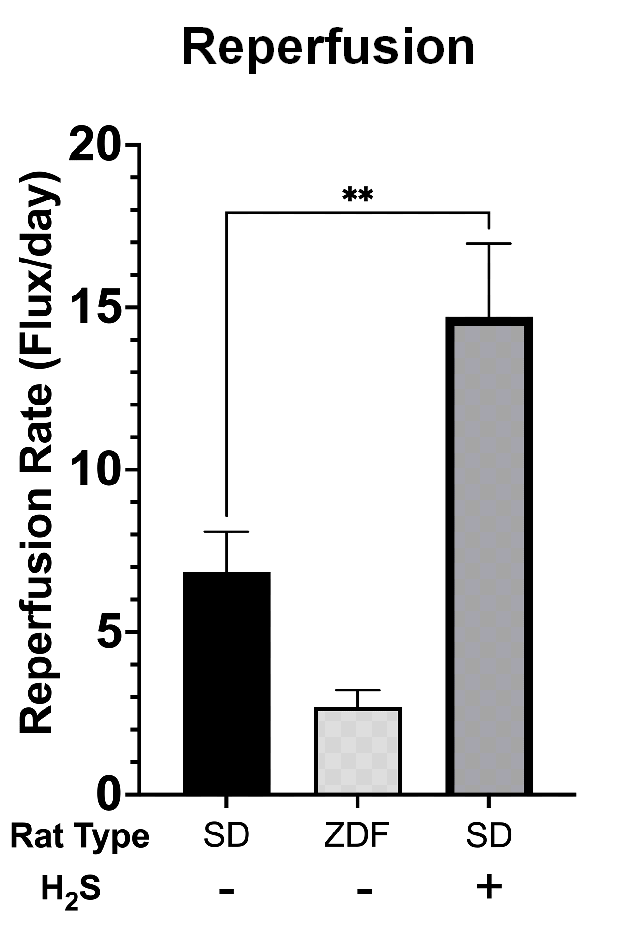
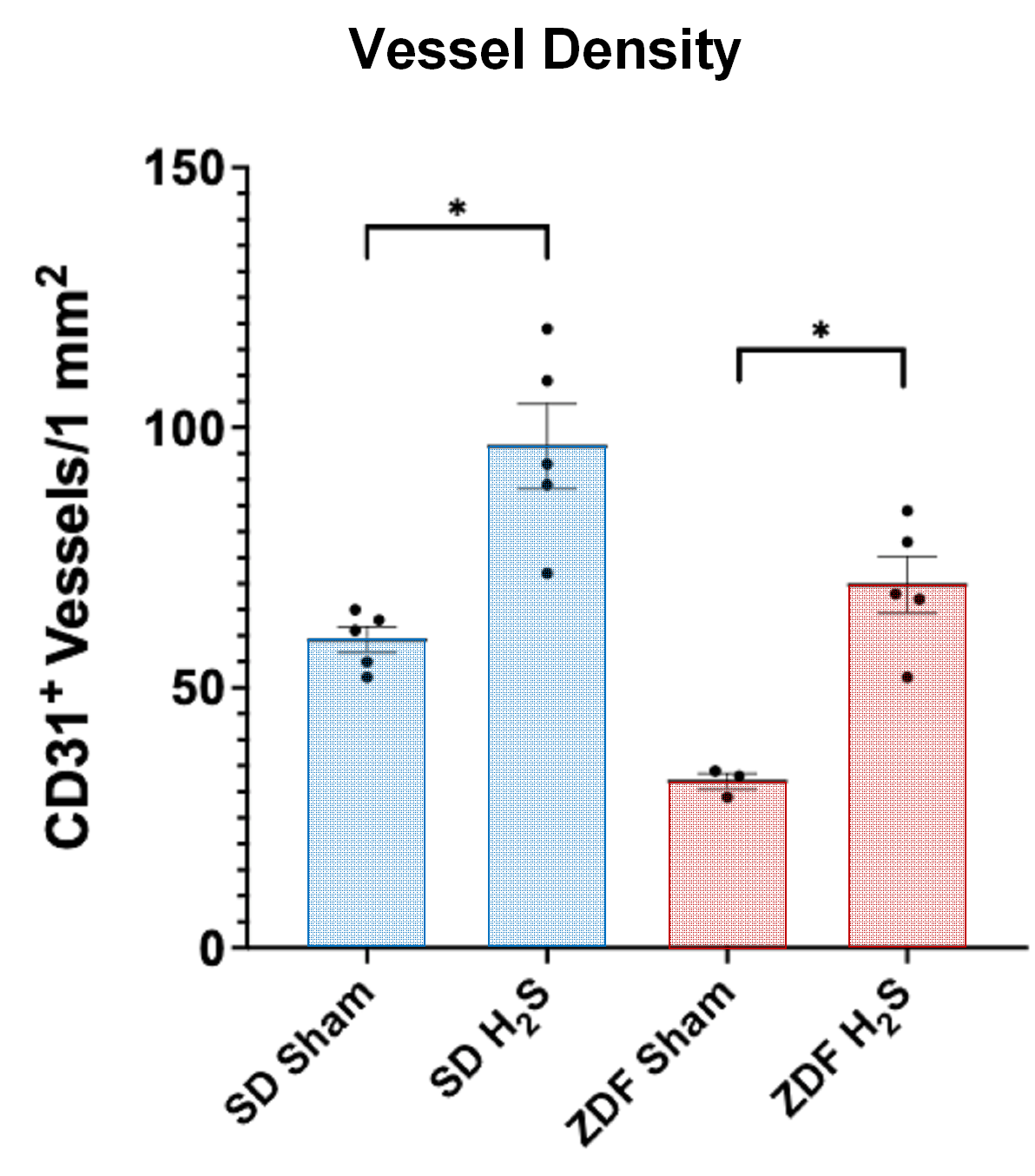

Platform Technology: On-Demand, In-situ H2S Synthesis and Delivery
Our patent-pending disposable modules for attachment to wound dressing contain electrolytic technology with solid-state metal sulfide coatings to efficiently synthesize H2S at the wound site for safe and effective therapy.
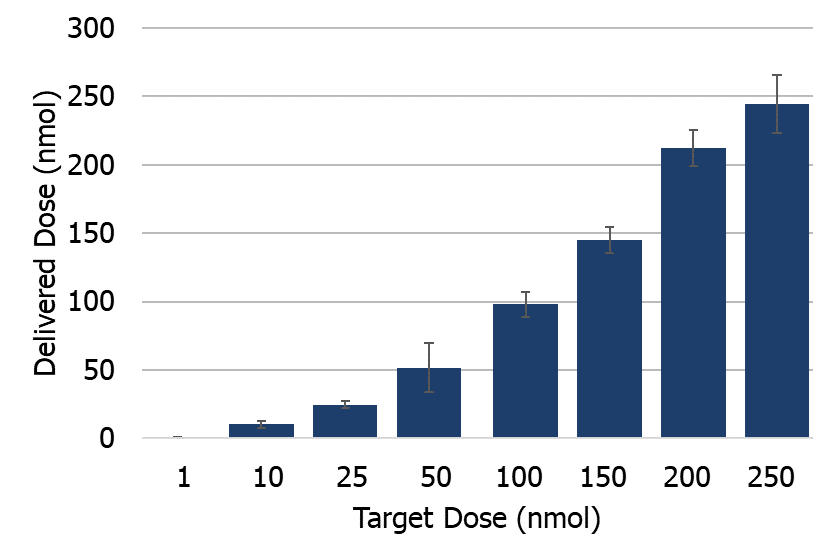
-
Systemic delivery of current H2S precursors that directly augment H2S levels including NaHS and Na2S are plagued by a narrow therapeutic window and known severe systemic toxicity. Pre-clinical data from Sprague-Dawley (SD) and Zucker Diabetic (ZDF) rats show H2EALS™ and ReLIS™ local H2S therapy result in strong revascularization (Vessel Density), reperfusion rate, and tissue recovery (histologic results) even at the highly ischemic conditions initially created at the distal region of different flap wounds.
H2EALS™ and ReLIS™ are currently in the Preclinical Animal Studies phase working with our clinical partners at the UNM School of Medicine.
-

- Active control through precision charge transferred to control H2S synthesis and release
- Dose controllable to within 10% of target ranging between 1 and 250 nmol/dose
-
Exhalix is developing an ideal sulfide delivery system that would target only the areas where a therapeutic effect is desired and would supply a predictable and adjustable dose over the required period of time. Hemodynamic and Endothelial Activation by Localization of Sulfides (HEALS™) is a medical device for topical chronic wound application in which H2S is locally delivered to the wounded tissue where it matters most. Repair by Local Infusion of Sulfides (ReLIS™) uses the same platform technology to deliver sulfides through an implanted device to treat disadvantaged, ischemic surgical wounds.
High Rate of Revascularization and Healing
Systemic delivery of current H2S precursors that directly augment H2S levels including NaHS and Na2S are plagued by a narrow therapeutic window and known severe systemic toxicity. Pre-clinical data from Sprague-Dawley (SD) and Zucker Diabetic (ZDF) rats show H2EALS™ and ReLIS™ local H2S therapy result in strong revascularization (Vessel Density), reperfusion rate, and tissue recovery (histologic results) even at the highly ischemic conditions initially created at the distal region of different flap wounds.
H2EALS™ and ReLIS™ are currently in the Preclinical Animal Studies phase working with our clinical partners at the UNM School of Medicine.



Platform Technology: On-Demand, In-situ H2S Synthesis and Delivery
Our patent-pending disposable modules for attachment to wound dressing contain electrolytic technology with solid-state metal sulfide coatings to efficiently synthesize H2S at the wound site for safe and effective therapy.



